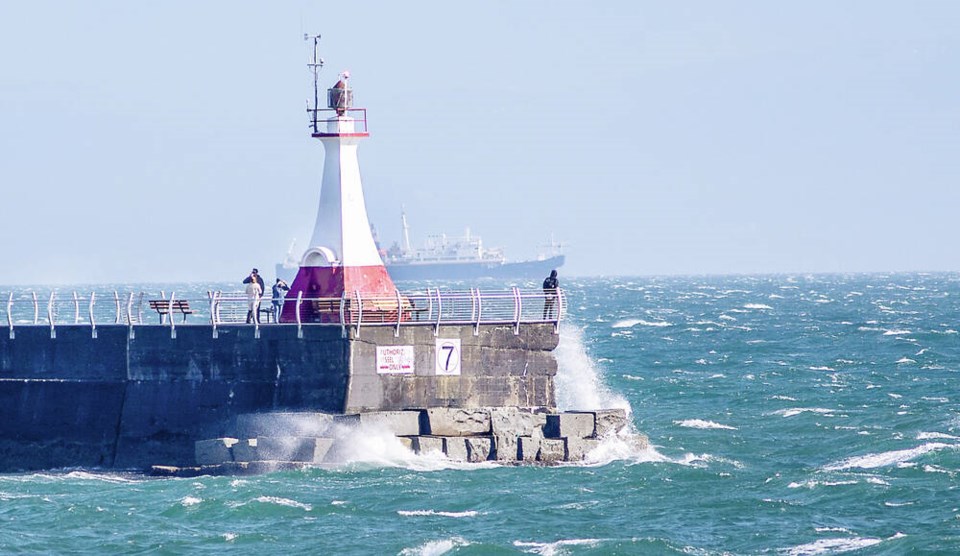It’s too early to tell if Vancouver Island residents will experience the same scorching temperatures this summer as last year, when a stagnant heat dome settled over most of B.C.
“I’m sure it’s on everyone’s mind and it’s kind of unnerving to hear ‘heat’ again,” Environment Canada meteorologist Derek Lee said this week. “But the heat dome was definitely one of those historic events. It was a one-in-a-100-years event, so I surely hope that won’t occur again this year.”
Environment Canada can’t predict what will happen at the end of June, but meteorologists will be keeping a close eye on temperatures in the coming weeks because of the heat dome, he said.
“All I can see is the next 10 days and it’s a cooler pattern with active storms coming in for most of B.C.,” said Lee. “We’ll be in that cloudy, showery pattern all of next week.”
Spring hasn’t felt like spring this year, said the meteorologist. Although March began with above-average temperatures, the beginning of April was very cold, with snow falling on some parts of the Island.
“Moving into May, that windstorm on Vancouver Island really caused havoc. That was more like a fall or winter storm and we generally don’t see them this far out,” said Lee.
May saw the lowest maximum temperature at Victoria Gonzales weather station since record keeping began in 1899, at 16.6 C. The next lowest was 16.7 C in May 1955 and May 1917. (The median temperature for May from 1992 to 2021 was 24.95 C, while the record high was 31.6 in May 2005.)
Vancouver Island is expected to have its normal days of hot weather this summer, with temperatures in the low 30s C, well below the 40 C recorded last June that smashed all-time weather records.
Those higher temperatures usually begin at the end of June and into July and August, when a Pacific ridge of high pressure settles over the coast, bringing sunny skies and warm conditions, said Lee.
The seasonal forecast from Environment Canada suggests Vancouver Island might linger in a cooler pattern for June and even into July, because sea surface temperatures during a La Niña year are much cooler and the water around the Island dictates our temperatures, said Lee.
Cooler temperatures were recorded all over Vancouver Island in May. Campbell River had its third-coldest May on record. Greater Victoria experienced one of its top-10 cool Mays with more rain than normal.
Comox had its seventh-wettest May on record, receiving a total of 87.6 mm of precipitation.
“That translates into 192 per cent wetter than normal,” said Lee.
ldickson@timescolonist.com
— With a file from Mike Devlin



